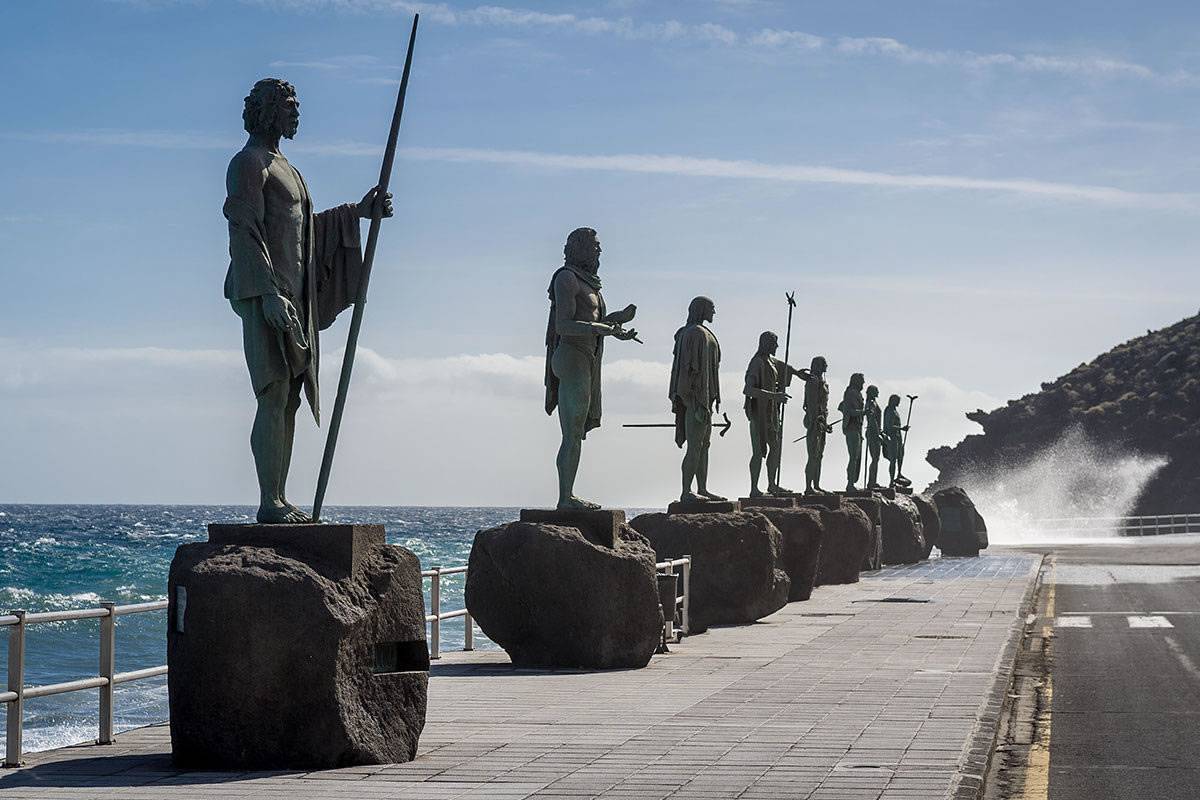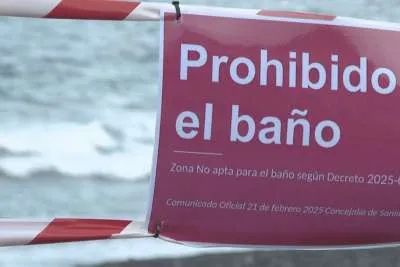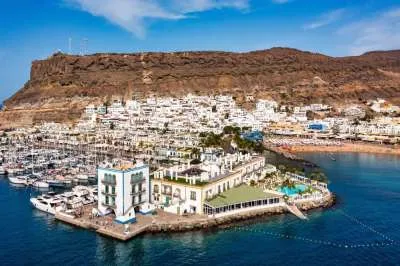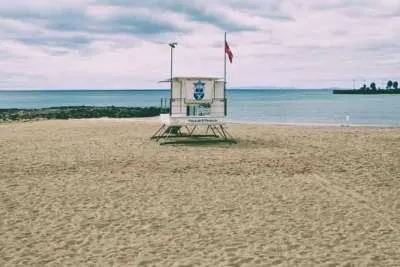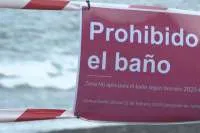The influence of Spanish Colonialism on Canary Island superstitions
- 31-07-2024
- Travel
- Canarian Weekly
- Photo Credit: Wikimedia Commons
Have you ever thought about how the past shapes what we think and do? One thing that changed forever when Spain ruled the islands was the myths that people told each other. There are many interesting ways that Spanish colonial rule has changed Canary Island superstitions, for example, Spanish folklore and local beliefs have been mixed to make a unique cultural tapestry.
What Superstitions Mean in Real Life
The beliefs that the people of the Canary Islands believe in are the result of their time in the Spanish colonies. It is believed that sweeping the floor at night, for example, brings bad luck. This belief comes from a Spanish myth that luck can be swept away by sweeping at night. Spilling salt is also believed to bring bad luck, another idea that came from Spain.
Ladybird symbolism has a special place in the colourful tapestry of Canarian myths because it reflects both native beliefs and Spanish influences. People believe that ladybirds bring good luck and keep them. It was strengthened by Spanish settlers who saw ladybirds as a lucky sign and divine influence and called them "Marikina" after the Virgin Mary.
People living on the island believe that seeing the ladybug is a sign of good luck. If one lands on you, it means that your dreams will soon come true. This cute myth, which combines native and British views, shows how the Canary Islands have a unique mix of cultures.
The Arrival of the Spanish Conquistadors
In the 1400s, when the Spanish conquistadors arrived in the Canary Islands, they encountered the Guanche people already living here. The Guanches had their own ideas and superstitions based around the many gods and spirits they believed in, and their practices were very important to their daily lives.
When the Spanish came, they brought their own views and tried to change the beliefs of the indigenous people. When two different cultures came together, they created new superstitions that mixed ideas from both.
Putting together Spanish folklore
There are many stories in Spanish legends about witches, goblins, and other supernatural beings. Spanish settlers brought these stories to the Canary Islands, where they became part of the society very quickly. As an example, many people believe in "brujas," which is the Spanish word for witches.
In Spanish myth, witches were thought to have magical powers and could either bring good or bad luck. The people on the islands believed this and it became a core part of their superstitions. People in the Canary Islands still tell stories about witches and their magic.
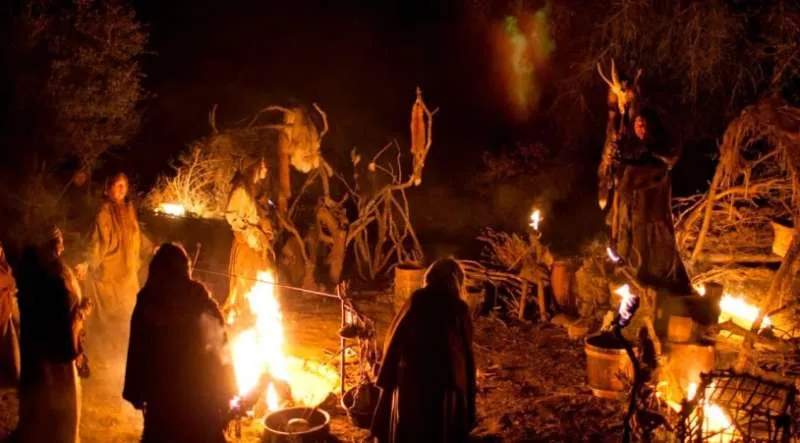
What Religion Does
Religion was a big part of the lives of both the Spanish settlers and the Guanches who lived there before them. It was the Spanish who brought Catholicism to the islands, along with many religious beliefs that were not based in fact.
Even though the Guanches had their own religion, they slowly became Christians. They didn't give up their old views, though; instead, they often mixed them with the new ones. Because of this mixing of different religions, new myths were made that are still followed today. For example, the celebration of "Dia de los Finados," a day to honour the dead, combines Catholic customs with those of the native people who live there.
Agricultural Myths and Legends
Agriculture has always been an important part of life in the Canary Islands, and there are many beliefs about farming and the natural world. The Spanish came with a lot of information about agriculture, as well as beliefs that were supposed to help them get a good harvest. Some believe that planting grain crops on a full moon will allow for a better harvest. The islanders took this idea, which comes from Spanish farming methods, and made it part of their own farming superstitions.
You may notice that the interpretation of omens and superstitions differs in many countries. In order to be sure of the truth of the meaning of this or that sign, you need to use a verified site where many values have been collected. Readers note that SSP Daily has collected a large number of true interpretations of various signs of fate, and can be useful to everyone in everyday life.
What Modernisation Means for Things
Some old beliefs have died out as the Canary Islands have become more modern, but many still exist. These ideas are still around today because of the effects of Spanish colonialism. Younger generations may not be as likely to exactly follow old superstitions, but the stories and traditions that were passed down from generation to generation are still important to their culture. These superstitions are a link to the past because they tell people of the island's long history and how the mixing of cultures has made it unique.
In conclusion
When Spain took over the Canary Islands, they changed the superstitions that people had. This shows how powerful it can be to trade and change cultures. Many Canarians still believe in the strange stories that were created when Spanish and native beliefs came together.
There are stories about witches and different ways to farm that help us understand the island's history and the effects of Spanish colonial rule that are still felt today. When we think about these traditions, we can enjoy the broad range of cultures that make up the Canary Islands and how the past still shapes our beliefs and faiths.
Other articles that may interest you...
Trending
Most Read Articles
Featured Videos
A Vision of Elvis Tenerife Promo
- 10-05-2025
Tenerife Travel Guide
- 13-12-2024
Live webcam from Lanzarote airport
- 13-12-2024


